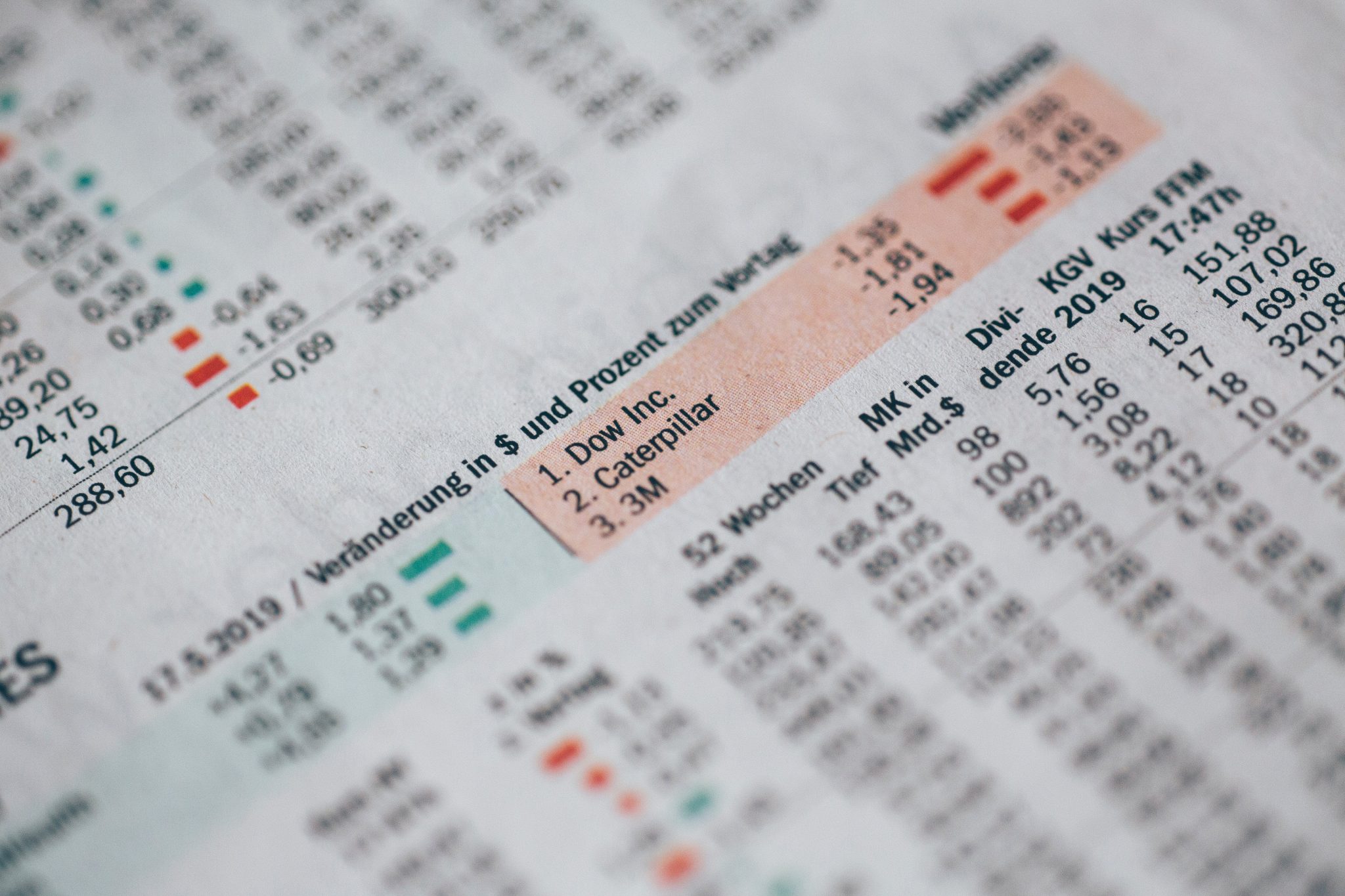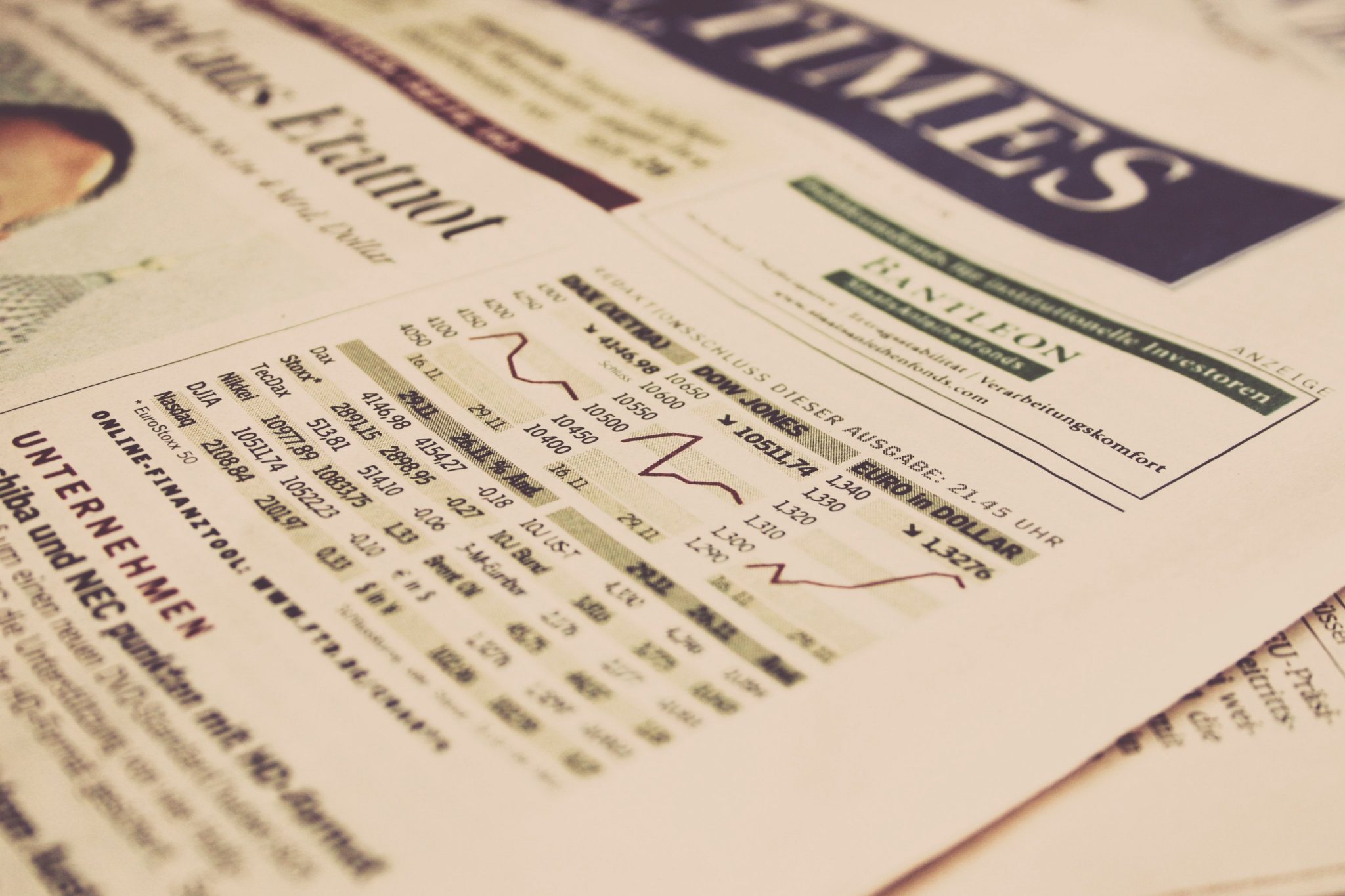A gross expense ratio is the annual cost of operating a mutual fund or ETF. It tells you the total expense of owning the fund as a percentage of your investment. Fund families will often rebate portions of the fee so that your actual expense is lower than the gross expense ratio. That number is the net expense ratio.
Investment expenses matter a great deal, so this is a figure you should be aware of and understand. Fortunately, it isn’t complicated.
Purchase Cost vs. Ongoing Expense
Before we get into what a gross expense ratio is, let’s first clarify the type of expense it is. There are two basic ways to categorize the expenses of investing in mutual funds.
First, there are transaction costs. These are the expenses you pay for buying and selling the fund. Sales loads, commissions, and ticket charges are all costs of purchasing mutual funds. This is what compensates commission-based brokers and advisors for selling you a mutual fund.
Ticket charges are what the custodian firm charges for handling the logistics of the transaction. Recently, there has been a significant trend for the major firms to eliminate ticket charges for some funds. You’ll often see these appropriately named something like “No Transaction Fee Funds”. Some firms now even offer to transact all funds for no transaction fee. That’s a plus for investors.
Then, you have the ongoing cost of owning a given fund. That is where the expense ratio comes in.
What is a Gross Expense Ratio?
As I mentioned before, the gross expense ratio is the cost of owning the fund on an annual basis.
Suppose you have $100,000 invested in a certain mutual fund. If the expense ratio is 1% you’ll pay $1,000 in expenses over the course of a year. You don’t get a bill for it. The fund will deduct expenses from assets owned by the fund before reporting returns.
In simplified terms, a fund with a 1% expense ratio that reports a 10% return for the year would have reported an 11% return were the expense ratio 0%.
What Makes Up the Gross Expense Ratio?
The gross expense ratio is a combined expense. There are several different parts. These vary by fund, but there are three basic underlying fees that make up the total expense ratio:
- Management Fee – What does a mutual fund buy and sell? Mutual fund managers make those decisions. There are different structures that guide how these decisions are made. Sometimes there is a team of managers. Different investment committees could be responsible assessing particular sectors and making recommendations to a general or senior management team. This fee covers the expenses associated with this activity.
- Administrative Fee – This is pretty self-explanatory. The admin fee covers administrative expenses like general overhead of operating the fund.
- 12b-1 Fee – This is a rather notorious fee. It pays for marketing. That brochure you were handed with the fancy gloss? That was paid for by the 12b-1 fees. The next time you have friends over for dinner and see a commercial for your favorite mutual fund remember you paid for it. Enjoy!
Again, these fees will vary but as a basic illustration the total fee for owning a fund might look like this:
.50% management fee + .25% admin fee + .25% 12b-1 fee = 1.00% gross expense ratio
Active vs. Passive Fund Fees
It is not uncommon to see active funds with expense ratios over 1%. Index funds often have expense ratios below .25% with plenty below .10%. That can make a significant difference in what you end up paying over time.
Gross vs. Net Expense Ratio
The gross expense ratio is the top-level fee. However, that isn’t always what you end up paying for gonging ownership of the fund. Mutual funds will often rebate certain amounts of the gross fee. These waivers and reimbursements reduce your cost of ownership and are reflected in the net expense ratio.
A fund has to report both gross and net expense ratios in the fund prospectus. These numbers are also incredibly easy to find online. Yahoo Finance has an option to search for fund quotes, and the net expense ratio is one of the first items you’ll see.
Why Do Expense Ratios Matter?
Remember that the expenses for operating the fund come out of your return. The higher the expenses, the less your investment will grow. How much difference does it make?
A lot.
Consider two different funds that each earn a consistent 10% return before fees. Fund A has a 1% expense ratio and Fund B has a .5% expense ratio. That’s a .5% difference in the fee. Sounds kinda small right?
Now suppose you have $500,000 invested in each fund. How much will you have in each fund after 10 years?
Fund A: $1,183,681.84
Fund B: $1,239,113.81
That’s a $55,431.97 difference.
It get’s better though. Recall that an active fund can easily have an expense ratio over 1% while some of the most cost-effective index funds have expense ratios below .10%?
Let’s compare the same scenario as above but against an active fund and an index fund. For simplicity lets say the active fund has a 1.1% expense ratio and the index fund is .1% for an even 1% difference. After ten years…
Active Fund: $1,172,867.09
Index Fund: $1,285,129.61
That’s a $112,262.52 difference.
That difference only gets bigger with time too. The longer you hold the fund, the more the expense ratio drags down your return.
What is a Good Expense Ratio?
A good expense ratio is the best one you can get for the investment that is appropriate for you. Clearly, that’s a little vague. The point I want to make is while expense matter and you should absolutely pay attention to them, it shouldn’t be the only reason you pick a fund.
That being said, it should be fairly easy for you to build an entire portfolio with funds that cost less than .50%.







